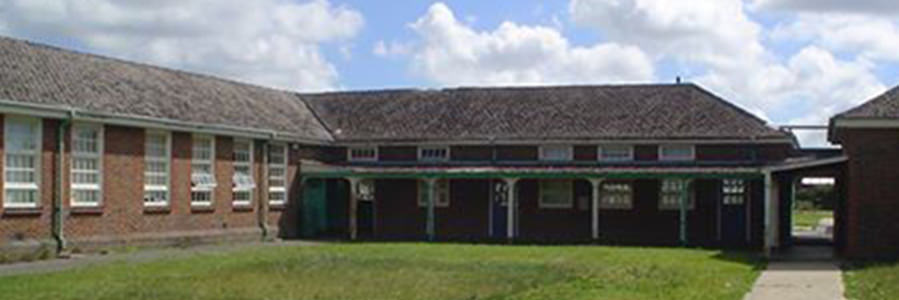A Lifelong Passion for Aviation Generated at the School (Eric Myall 1942-1949)
I have always been interested in aviation and at the High School there were two ways of fostering this hobby.
The first was by joining the School Spotters Club which was affiliated to the National Association of Spotters Clubs. As far as I recall, this had been organised by Mr. (“Gaffer”) Reeves. It was quite an active society and tests of aircraft recognition were regularly held. This led to acquiring three certificates issued by the National body. I cannot remember many of the pupils who also joined, but one of the Chiverton brothers was a leading light. The club finished around the end of the War, but by this time other aviation societies were formed and I joined some of these. One of our pupils was Derek Wood who started his own aviation magazine in Bognor. He went on to successful career in aviation journalism and was “The Times” aviation correspondent for many years. He died just a few years ago.
The next outlet for those who were aviation minded was the School ATC Squadron. Joining age for this was 14, so I could not join until late 1945. By this time there were two units of the Squadron. The School was one and there was also a “town” flight and since several of my friends had already joined that flight I also enlisted there. The Squadron (No. 461) is still in existence, I believe, and is located in Pound Farm Road. My memory also tells me that the unit at the school became a part of the CCF.
One of many memories that I have of the wartime days is the presence on the grass semi quadrangle of an old Hawker bi-plane, a Hawker Demon. This version of the type had an enclosed gun turret behind the pilot and was known as the “Turret Demon”. I must confess that others to whom I have spoken on the subject do not remember it at all, which suggests I could well be mistaken. It was the practice of the RAF to issue old aircraft to ATC squadrons for ground instruction training. The aircraft became quite dilapidated and must have been taken away and scrapped. Now I would very much like to know the actual identity of the plane. These aircraft had a four number/single letter identity, where the letter at the end would have been “M”. I wonder if anyone ever took a photograph of it. I have kept up my interest in aviation history ever since and write the occasional article for magazines, and have one book published.
Perhaps there are other members of The Old Cicestrians who share this interest?
Eric Myall
Sadly, Eric died in October 2008, not long after writing this.
Extract from: http://www.airforce.gov.au/raafmuseum/exhibitions/hangar180/hawker.htm
From Built as a two-seat fighter version of the Hawker Hart bomber, the Demon first flew in February 1933. The Demon was to be the first two-seat fighter operated by the Royal Air Force after World War I, and was the last two-seat biplane fighter to be manufactured in significant numbers. Powered by a Rolls Royce Kestrel V12 engine, the aircraft was faster than many of the single-seat aircraft at the time, but was soon outclassed by the new generation of monoplane fighters entering service in the mid to late 1930s.
“I spoke to an Old Boy of the pre-war years some time ago and he knew all about the aircraft in question. He referred to her as a Hawker Hart and thought she had been recovered during the war for some military purpose.” Richard D Wood-Kneller

